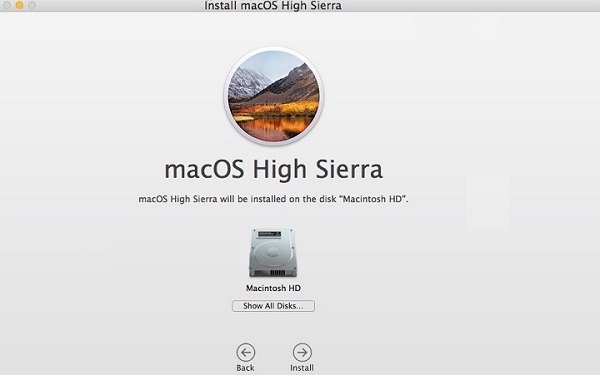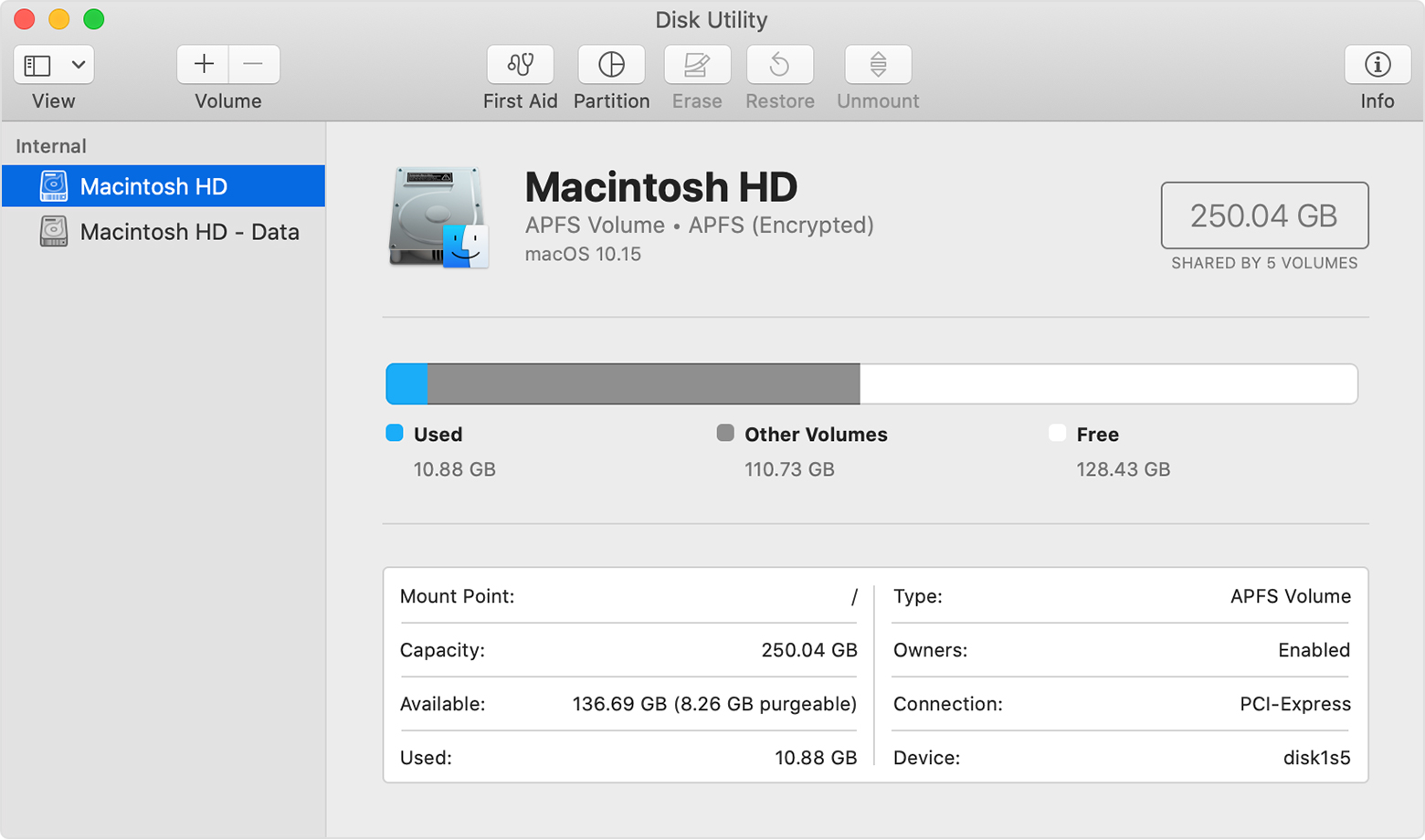Macos Catalina Will Be Installed On The Disk Macintosh Hd
Reinstall macOS. Select Reinstall macOS from the utilities window in macOS Recovery, then click Continue and follow the onscreen instructions. Follow these guidelines during installation: If the installer asks to unlock your disk, enter the password you use to log in to your Mac. If the installer doesn't see your disk, or it says that it can't. But this time, it seems that the Catalina update installation did not check the available storage space of the Mac disk before the installation. Then many mac users reported that they can’t install the macOS Catalina because of the storage issue, and some of their macs stuck in a loop restarting and installing macOS update. This article will. In macOS Catalina, the Mac startup disk is segregated into two separate entities—Macintosh HD and Macintosh HD Data.This segregation isolates system files from user files to protect the macOS from accidental manipulation, malware, and operating system corruption. In other words, Catalina protects the OS in its own read-only volume. The Catalina split. The Catalina installer renames the startup volume to “Macintosh HD – Data” (assuming your boot volume has the default title “Macintosh HD”) and assigns it the Data role. The installer also creates a brand new volume with the System role.
macOS Catalina runs on a dedicated, read-only system volume called Macintosh HD. This volume is completely separate from all other data to help prevent the accidental overwriting of critical operating system files. Your files and data are stored in another volume named Macintosh HD - Data. In the Finder, both volumes appear as Macintosh HD.
The Disk Utility app in macOS Catalina shows that Macintosh HD is the read-only system volume and Macintosh HD - Data contains the the rest of your files and data.
If you upgrade to macOS Catalina from an earlier version of macOS, the read-only volume is created during the upgrade process. Files or data that you previously stored in the startup volume are now stored in this new volume, and some of these files may appear in a new folder called Relocated Items. You can check this folder for any files that you can’t locate.

With macOS Catalina, you can no longer store files or data in the read-only system volume, nor can you write to the 'root' directory ( / ) from the command line, such as with Terminal.
About the Relocated Items folder


While creating the two separate volumes during the upgrade process, files and data that couldn’t be moved to their new location are placed in a Relocated Items folder. The Relocated Items folder is in the Shared folder within the User folder (/Users/Shared/Relocated Items) and available though a shortcut on the Desktop. The Relocated Items folder includes a PDF document with more details about these files.
First thing to do is immediately make sure you have a good current system backup of your data.
After you have a good working backup boot into Recovery Mode (Command + R) or Internet Recovery Mode (Command + Option + R) and launch Disk Utility. Within Disk Utility click on 'View' and select 'Show All Devices' so that the physical drive appears in the left pane of Disk Utility. Run First Aid on the physical drive first, then the container, then the actual Macintosh HD and Macintosh HD - Data volumes to see if they can be repaired. You may need to unlock/mount the Macintosh HD volume before you can run First Aid on it.

If Disk Utility cannot repair the drive, then you will need to erase the whole physical drive and reinstall macOS or restore from a backup.

Macos Catalina Will Be Installed On The Disk Macintosh Hd -
Jan 25, 2020 5:06 PM